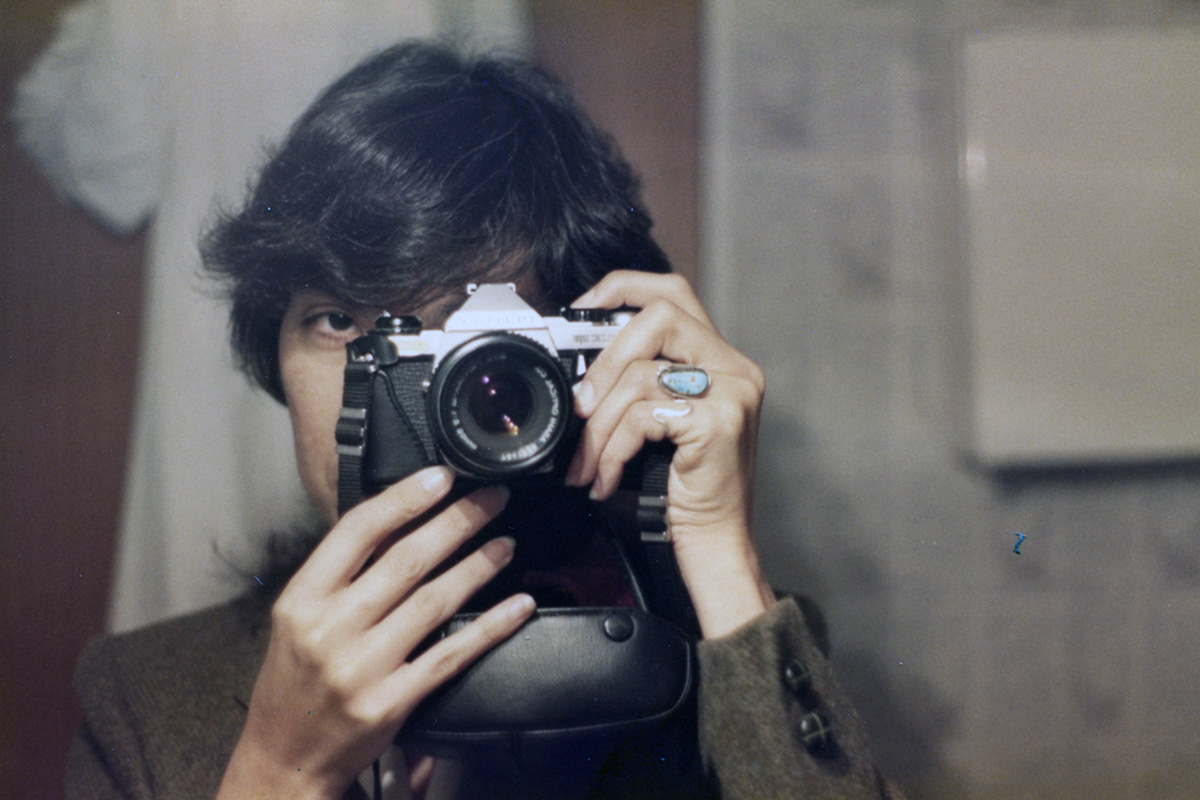The study of culture and people—the field of ethnography—revolves around impersonal research. There is no sense of intimacy between the scientist and the culture. But what if an author colors cultural, political, and social observations with personal reflections and her own history? There’s a very niche hybrid genre for that: “autobioethnography.”
Author and folklorist Norma Elia Cantú coined the term; in her novels Cabañuelas (University of New Mexico Press, 2019) and Canícula (UNM Press, 1995), she merges ethnographic field research on Mexican American culture, lived experience, and elements of fiction to form a creative narrative. Her intent is to tell a good story, but also to preserve her own culture and chronicle life near the U.S.-Mexico border. Writing autobioethnography, for Cantú, means that the characters are heavily based on herself.

Set in the 1980s, Cabañuelas is mostly autobiographical, but not completely. The main character, a cultural researcher named Nena, stands in for Cantú, but plenty happens to her that did not in real life. Nena leaves Laredo, Texas, for Madrid, Spain, in search of the historical roots of Laredo’s traditional festivals. Here, Cantú draws upon her research at Madrid’s Biblioteca Nacional, field research, and her work in Chicana feminist studies—but it also becomes a love story. Nena falls in love with a young Spaniard who works in publishing, designing book covers, and must choose a life with him abroad or her family and life back home.
Cantú’s own life story also began in Laredo. It’s a town on the border of Mexico and United States and often the setting of her stories. She and her family grew up in a time when the border was less controlled; people were able to pass back and forth legally with ease.
“That world of the border, if you go far enough, didn’t exist,” she says. “It was a community like any other.”
As a folklorist, Cantú is fascinated by the hybrid culture that the border creates. Her novels often capture this dynamic world and what it means to grow up there. In Cabañuelas, writing as Nena, she describes this liminal borderland as:
“a land full of promise, too. A Mexico that is almost not Mexico. Norteno and fierce out so far, so different from the center. This land where two countries come together, a confluence of cultures, where two languages mingle into a unique spanglish, Tex-Mex, where two ways of measuring the world coexist—pounds or kilos, miles or kilometros, litros or gallons.”
Camera: Charlie Weber
Story: Malgorzata Mical
Editing: Ashley Avila
In 1979, Cantú had the opportunity to travel to Spain on a Fulbright-Hays fellowship to research a folk play for her dissertation. In 1985, she went again on another Fulbright fellowship. These two trips became the guiding force for Cabañuelas. Nena also goes on a Fulbright fellowship to Spain.
“I don’t believe writers when they say they are totally dissociated from their character,” she quips.
Even the names of her characters have personal connections. “Nena” is short for Azucena, the Spanish word for lily. Cantú chose Azucena because her mother has always liked flowers.
Family has always been important for Cantú, and this aspect can be clearly seen in Cabañuelas. Nena’s intricate familial background is essentially Cantú’s: “The genealogy gets confusing,” she admits. “It’s Nena’s genealogy but mine as well.” The vintage images peppered throughout the novel are Cantu’s family photos. These small details and specific memories are crucial to the creative narrative.
In one scene, Cantú describes Nena’s deep affinity with her family and her home:
An umbilical cord tugs at her insides, tying her to that place where her grandmother and her mother buried her cordón umbilical when she was but a few days old…the place where she is most herself. Most grounded. Her place. Her home.
“The placenta and the umbilical cord are buried,” Cantú explains of the Mexican tradition. “You bury it so that the child, the spiritual being that has entered this realm is connected, grounded to this piece of earth.”

Some of the characters within the novel originate in Cantú’s life, like Mamá Grande: Cantú’s grandmother who had fourteen children and saw seven children buried from various causes. “Her life is a whirlwind of misery and sorrow—but also joy.” Cantú remembers how her grandmother would still make candies for the deceased children.
Mamá Grande is also the grandmother of Nena—one she has always admired. In one scene, Mamá Grande holds a baby and beams with happiness, even though her own life has seen such misery. Cantú wanted to show the resilience common among her family members. “You use your characters for a purpose to get a point across.” The characters are unique, creative, historical records of Cantú’s family.
The novel’s title also has deep meaning for Cantú. Las cabañuelas is a folk-science method of predicting the weather for each day of the year based on the weather during the month of January. “The farmers look for signs in the natural world for what’s going to come,” Cantú explains. Cabañuelas is practiced throughout Latin America as well as parts of New Mexico and South Texas. Cantú’s father was a practitioner and often included her in the process, passing down this bit of their heritage. By beginning her novel with a weather prediction scene, Cantú has found another way she can preserve their heritage.
Nena’s stories of the familial fiestas and festivals from Laredo are a way to creatively document the culture of the Cantú family and those in Laredo.
“That traditional culture I know so intimately almost becomes another character,” she describes. “Cultural traditions are a way of maintaining who you are despite the onslaught from the mainstream to erase or to change it.”

Malgorzata Mical was a summer intern at the Center for Folklife and Cultural Heritage. She is a senior at the University of Florida, where she is studying English and Russian. Norma Cantú is a long-time collaborator with the Smithsonian Folklife Festival.


